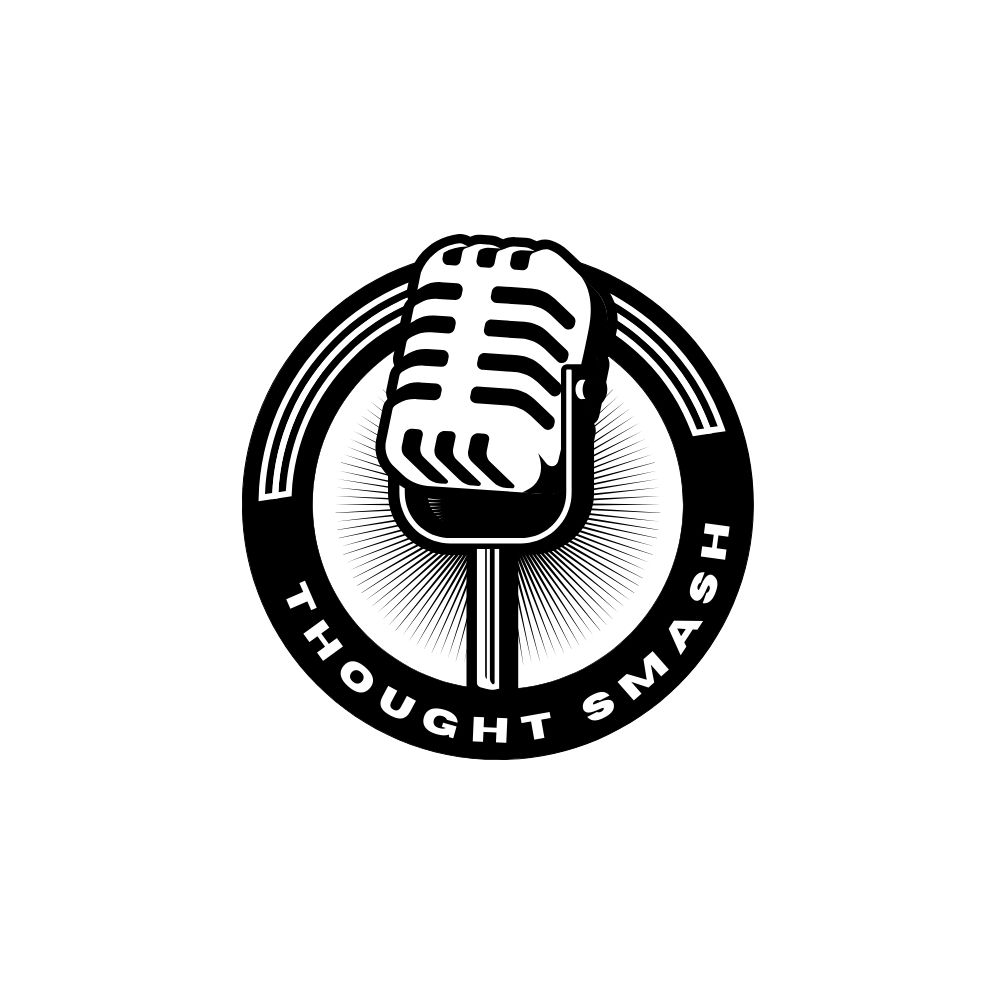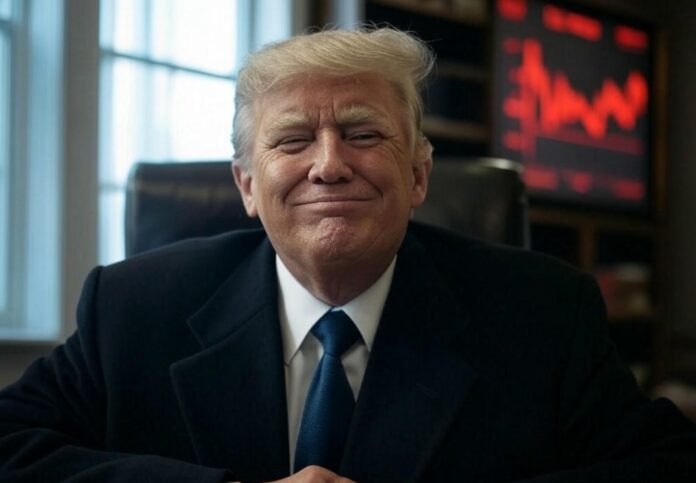Will Trump Trigger a Crash to Fix Inflation?
Washington, D.C. – President Donald Trump’s erratic tariff policies might intentionally spark an economic crash to tame inflation, some analysts suggest, as markets tumble in March 2025. This theory posits that Trump aims to slash consumer demand through uncertainty, raising questions about his economic strategy.
The idea emerges amid a volatile start to Trump’s second term. Today, stock markets reflect growing unease, with the S&P 500 down 7.5% in the past month. Tariffs on Canada, Mexico, and China—imposed, then adjusted—have fueled this instability. Analysts and economists now debate whether this chaos serves a purpose: cooling inflation by curbing spending. With the current date of March 14, 2025, front of mind, this analysis explores the evidence.

Trump’s Economic Vision Meets Inflation
Trump entered office promising to revive American manufacturing. He aimed to bolster Main Street over Wall Street, a shift from past priorities. Treasury Secretary Scott Bessent captured this focus, saying, “Wall Street’s done great… but this administration is about Main Street.” His tool of choice: tariffs. These levies target imports to protect U.S. jobs, a pledge rooted in his campaign.
However, inflation remains a challenge. Economists polled by The Wall Street Journal expected a 2.9% rise in consumer prices for February 2025. The actual increase hit 2.8%, a slight relief, but tariffs threaten to push prices higher. Trump inherited this issue from the Biden era, yet his actions suggest a bold fix. Controlling inflation could cement his economic legacy, aligning with voter expectations.
Trump holds power to engineer financial hardship and cool inflation through tariffs, a game he controls directly. Unlike the Federal Reserve, which operates independently and requires months to adjust interest rates, Trump uses executive authority to manipulate markets swiftly. This approach could explain the current turmoil as a calculated move, not a stumble.
A Crash by Design?
Trump’s tariff policy appears chaotic. He imposes duties, then suspends them, creating a whipsaw effect. Commerce Secretary Howard Lutnick defends this, stating, “These policies are the most important thing America has ever had so it is worth it.” He blames any downturn on Biden’s legacy, not current moves. This stance hints at tolerance for economic pain, a key clue.
Analysts see intent behind the disorder. Charlie McElligott, a strategist at Nomura, argues, “President Donald Trump and his administration need an engineered recession to cause a growth slowdown and disinflation that will translate into Fed rate cuts and a meaningfully weaker U.S. dollar for the next phase of his economic agenda.” McElligott suggests Trump seeks a controlled crash to reset the economy, prioritizing inflation over immediate growth.
The logic follows a clear path. Tariffs raise costs, spook markets, and shrink consumer wealth. Spending drops as a result. Lower demand then cools inflation, achieving Trump’s goal. This approach uses executive power as a blunt tool, distinct from slower Fed adjustments. If true, the administration accepts short-term losses for long-term stability.
Evidence in the Numbers
Market declines bolster this theory. JP Morgan and Goldman Sachs estimate a 40% chance of recession in 2025. Polymarket traders peg it at 37%. The S&P 500’s 7.5% slide in the past month reflects this fear. Investors hesitate, unsure of Trump’s next move. The Dow Jones and Nasdaq have followed suit, each posting steep losses.
Businesses feel the strain, too. The Institute for Supply Management reports sharp drops in manufacturing orders. One business survey predicts a 3% contraction in the sector this quarter. Companies pause investments, waiting for clarity. Consumers, meanwhile, cut back. Reduced spending aligns with the demand-suppression idea, suggesting Trump’s tariffs hit their mark.
The White House downplays the turbulence. Economic adviser Kevin Hassett calls it minor, saying, “For sure this quarter there are some blips in the data including the negative GDP now which are related both to the Biden inheritance and to some timing effects that are happening ahead of tariffs.” Trump himself remains vague but optimistic. He told reporters, “Of course you hesitate who knows all I know is this we’re going to take in hundreds of billions of dollars in tariffs and we’re going to become so rich.” Their calm amid the storm fuels speculation of intent.
Weighing the Counterpoints
Some question this theory’s foundation. Trump’s tariff shifts lack a clear plan, they argue. Duties on Canadian cars, for instance, hurt U.S. automakers reliant on cross-border supply chains. McElligott counters this, insisting the chaos serves a purpose. He ties it to disinflation, suggesting the mess is the method.
Political risks loom large, too. A CNN poll shows Trump’s approval at 45%, with 54% disapproving as of March 2025. Voters dislike economic pain, especially if it feels aimless. Lutnick’s “worth it” comment offers a rebuttal. Trump might bank on a rebound, betting voters will forgive the downturn if inflation falls.
Others see different goals. Tariffs could aim to boost jobs or pressure Canada geopolitically. Yet, inflation control might underpin these aims. McElligott’s focus on disinflation ties the pieces together. Jobs and leverage could be bonuses, not the main target.
The Stakes of a Crash Strategy
If Trump pursues this path, the economy faces serious tests. Conventional theory warns tariffs slow growth, risking stagflation—high inflation paired with stagnation. A misstep could deepen the downturn. The Atlanta Fed’s GDP forecasts already signal weakness, amplifying this concern.
Politically, Trump treads a fine line. A JL Partners survey lists tariffs as his top misstep, spelled out in voter word clouds. Prolonged hardship could erode his base. He owns the economy now, as polls reflect. Success hinges on delivering relief after the pain.
Globally, the fallout spreads. The dollar weakens against other currencies and gold, per market data. Investors flee to Europe and Asia, drawn by stability. This shift challenges U.S. dominance. A European bond market expansion, noted by analysts, adds pressure.
A Gamble on America’s Future
Trump’s tariffs might indeed engineer a crash to curb inflation, evidence suggests. Analysts like McElligott see purpose in the chaos, echoed by Lutnick’s and Hassett’s calm. Markets and businesses react as if squeezed by design. The theory holds weight, tying Trump’s moves to a demand cut via executive power.
Yet, the outcome remains uncertain. Will this gamble stabilize prices and spark a boom? Or will it plunge America into lasting turmoil? Readers should watch March 2025’s economic data—jobs reports, inflation figures—for answers. Trump’s next tariff tweak could tip the scales.
For more on Trump’s economic policies, see Thought Smash’s Trump’s Economic Chaos Threatens U.S. Stability, Experts Warn. Explore the Federal Reserve’s inflation strategies at FederalReserve.gov.

